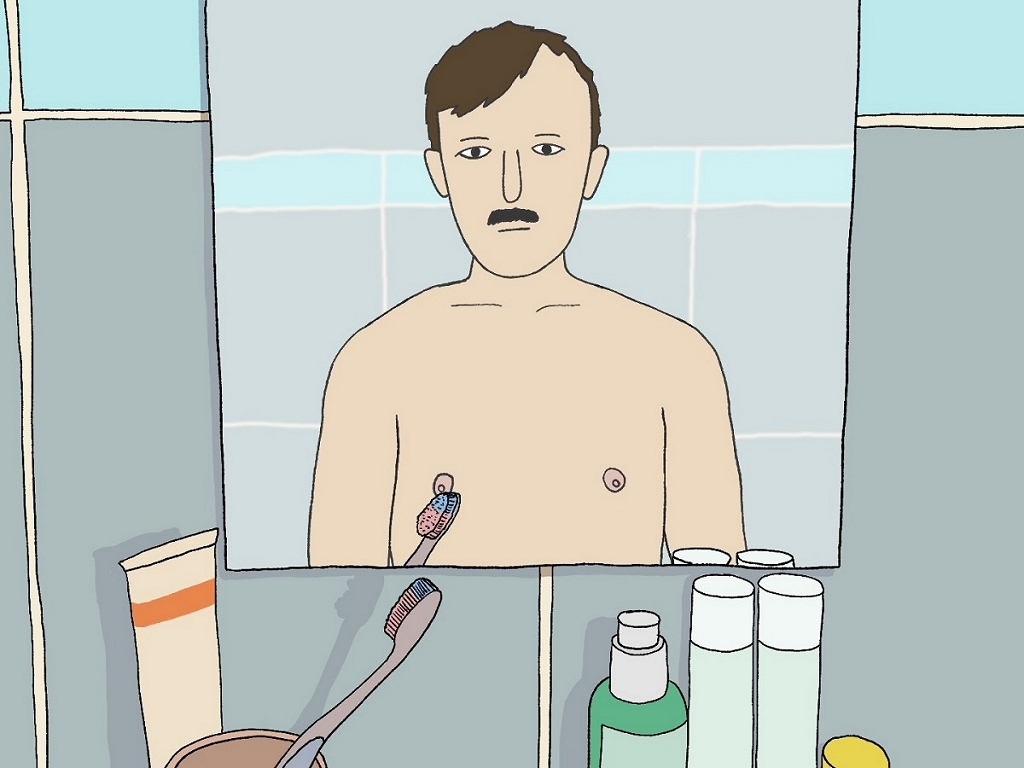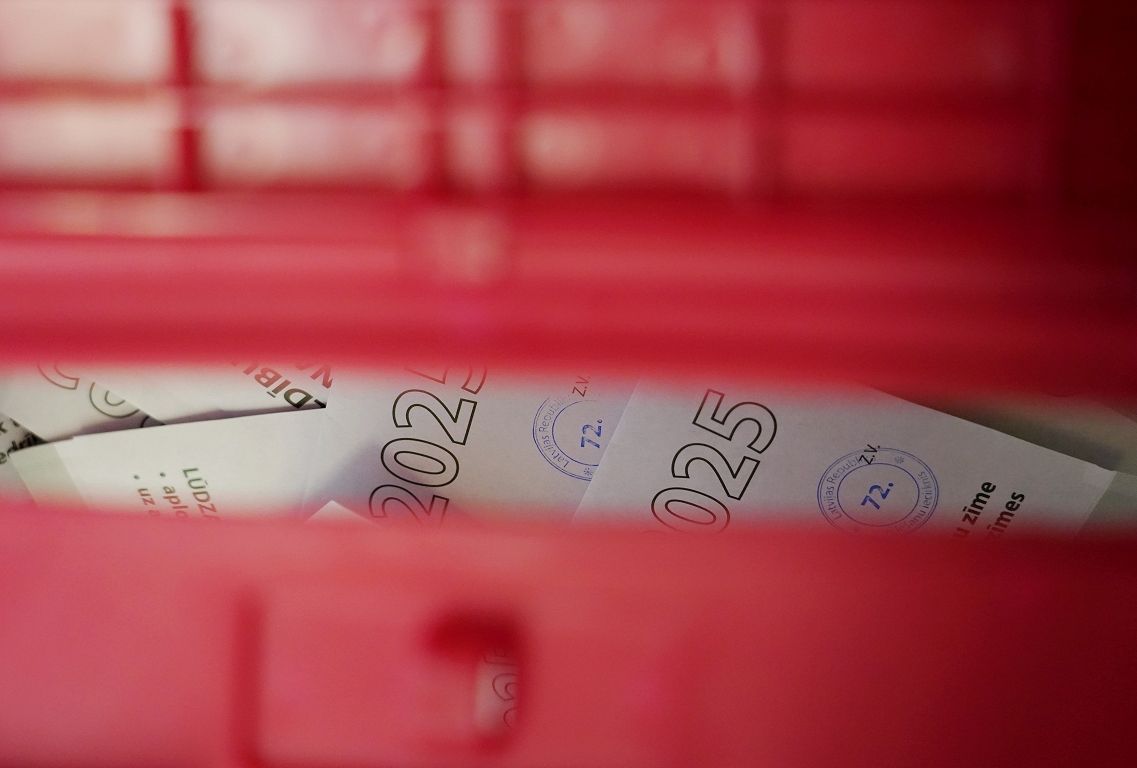Slow downturn, then a rapid collapse / day

A two -person relationship may arrive at a moment of fracture, after which the only possible way is to end communication. German scientists have managed to identify this « non -return point » when repairing is no longer possible, and to measure time until the imminent divorce. The collapse of the relationship lasts for 7-28 months and in all cases ends the same.
Should be noted in a timely manner
Researchers from Johannes Gutenberg University in Mainca discovered two phases of the ratio. The first is a gradual decline in satisfaction, when the partners become more affected by each other, but at this stage the relationship can still be saved. If this is not done, there is a fracture point when nothing will protect from divorce. Even worse, both of them do not stand at the same time.
According to the study, one of the partners usually reaches the irreversible phase of ratio about a year earlier than the other. This is a cool and unpleasant period of relationship with little joy, but one of the partners still believes that everything will be good. The moment he is aware that the other has actually made the decision to put an end, the attitude is deteriorating very rapidly, and the relationship is broken down in a few months – at worst, up to a position that both are able to communicate only through mediators.
« Once this fracture phase is reached, the relationship is destined to end, » in the magazine Journal of Personality and Social Psychology The published report concludes by Professor Janina Biller. She adds that almost every family can be rescued, as long as both spouses manage to notice the first relationship of relationships in time and restore interest to each other.
10 years downturn
She came to this conclusion, analyzing 11,295 in Germany, Australia, the United Kingdom and the failure of people living in the Netherlands. The control group used couples who managed to save the family. The participants’ experience has been documented for 12 to 21 years, and all unsuccessful relationships have been on the same scenario. Namely, after the beginning of love, the routine has gradually cooled people, as a result of which the satisfaction of the relationship gradually slipped down. The analysis of the participants’ experience shows that the slow distance remotely takes about a decade.
The first turn point comes when the satisfaction assessment drops just below the eight points on a 10 -point scale. This is a bit surprising, as many may seem very good for many. The explanation is quite simple: the assessment is increased by the general satisfaction with life. Namely, people mostly feel good outside the relationship. They are successful in their careers, they feel more comfortable than in their youth, enjoy the success of children, and have found a source of joy outside the home, such as an interesting hobby or exciting work. Often this is why the relationship remains neglected.
Fast to the tip
When the gradual recession has reached the first turn, the recession becomes much faster and the partners need to act urgently. If this does not happen, in the next two years, satisfaction approaches the mark of six, which is still satisfactory at school, but obviously not in the relationship. At this point, there is already a major frost that can no longer be defrosted. Everything is falling and falling, often extremely fast.
To prevent the complications from reaching this far, psychotherapists advise you to follow a number of important conditions: not to ignore problems in relationships, not to try to eliminate the deficiencies of your partner, but to reduce your own, to set comfort limits, and to always remember why you fell in love with your spouse.





/s3/static.nrc.nl/wp-content/uploads/2025/06/07043854/ANP-426099410.jpg)

